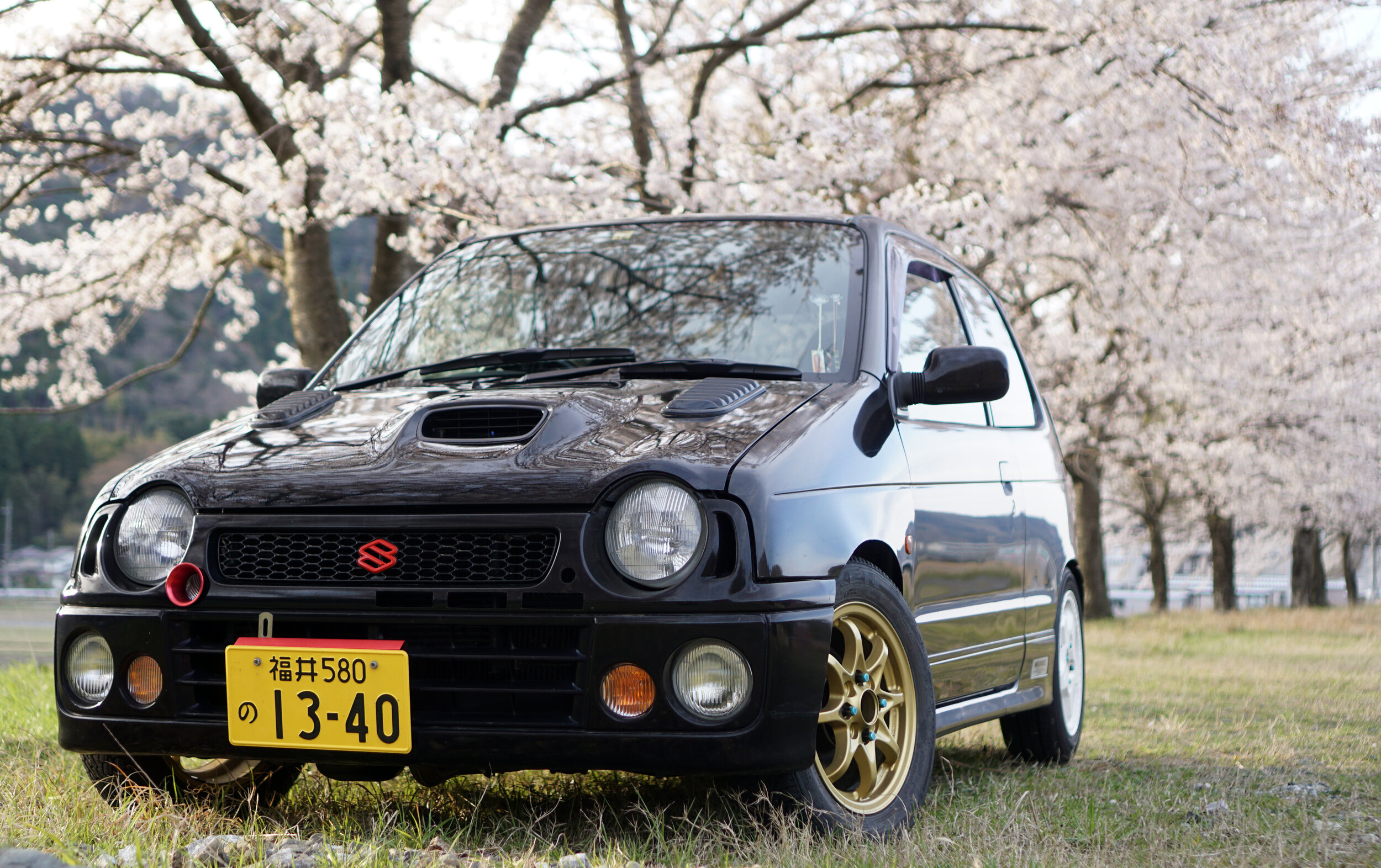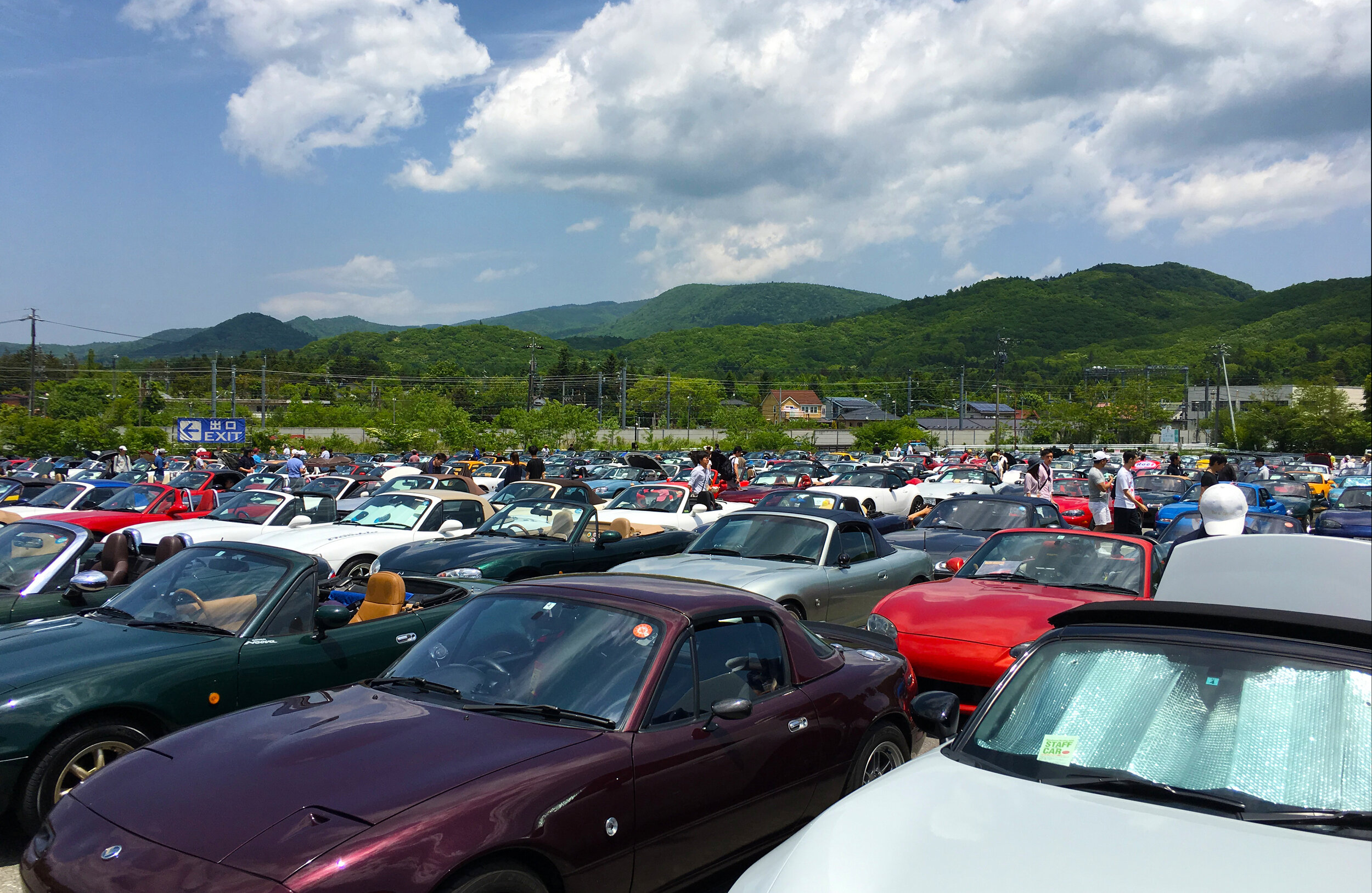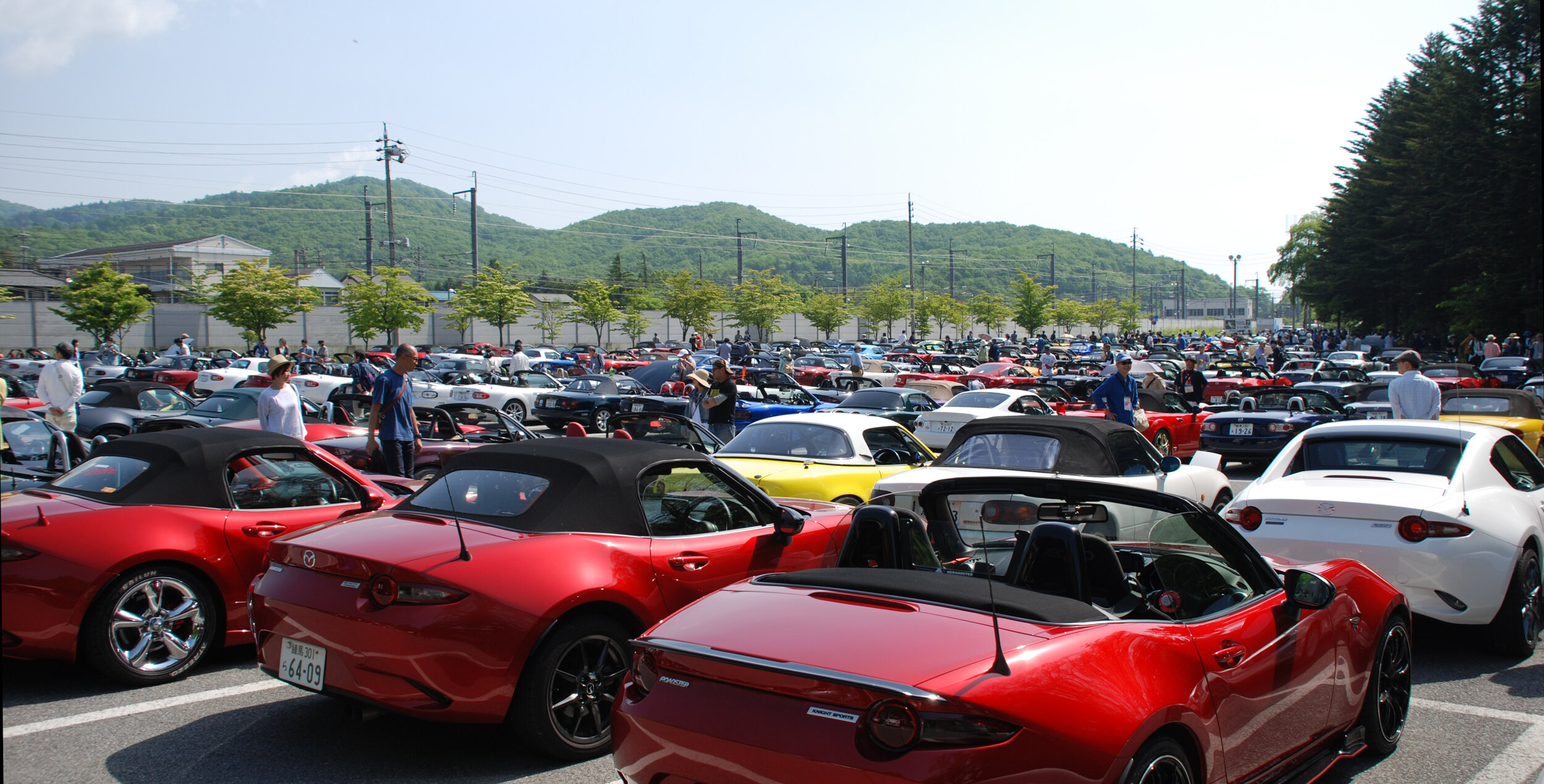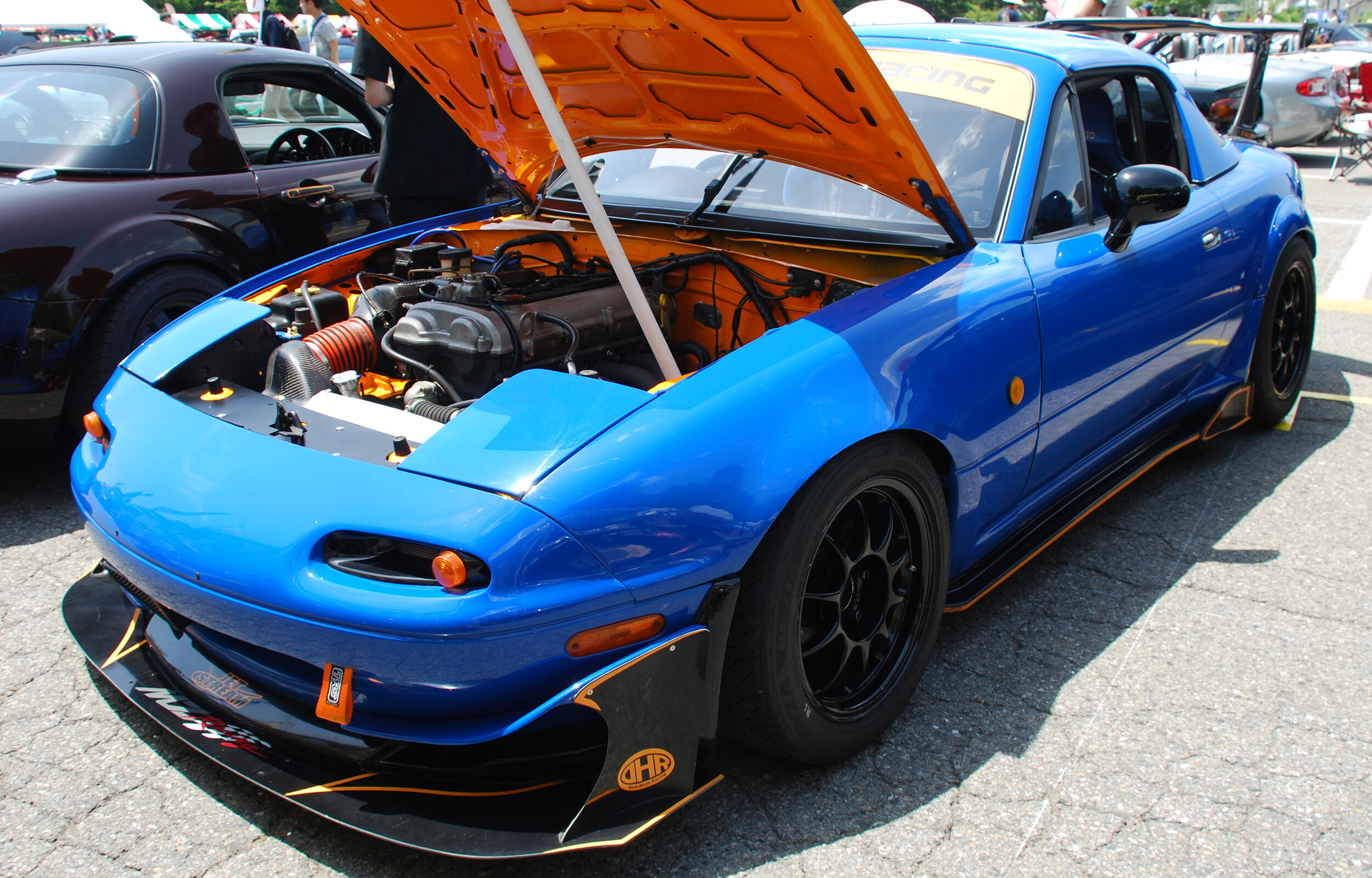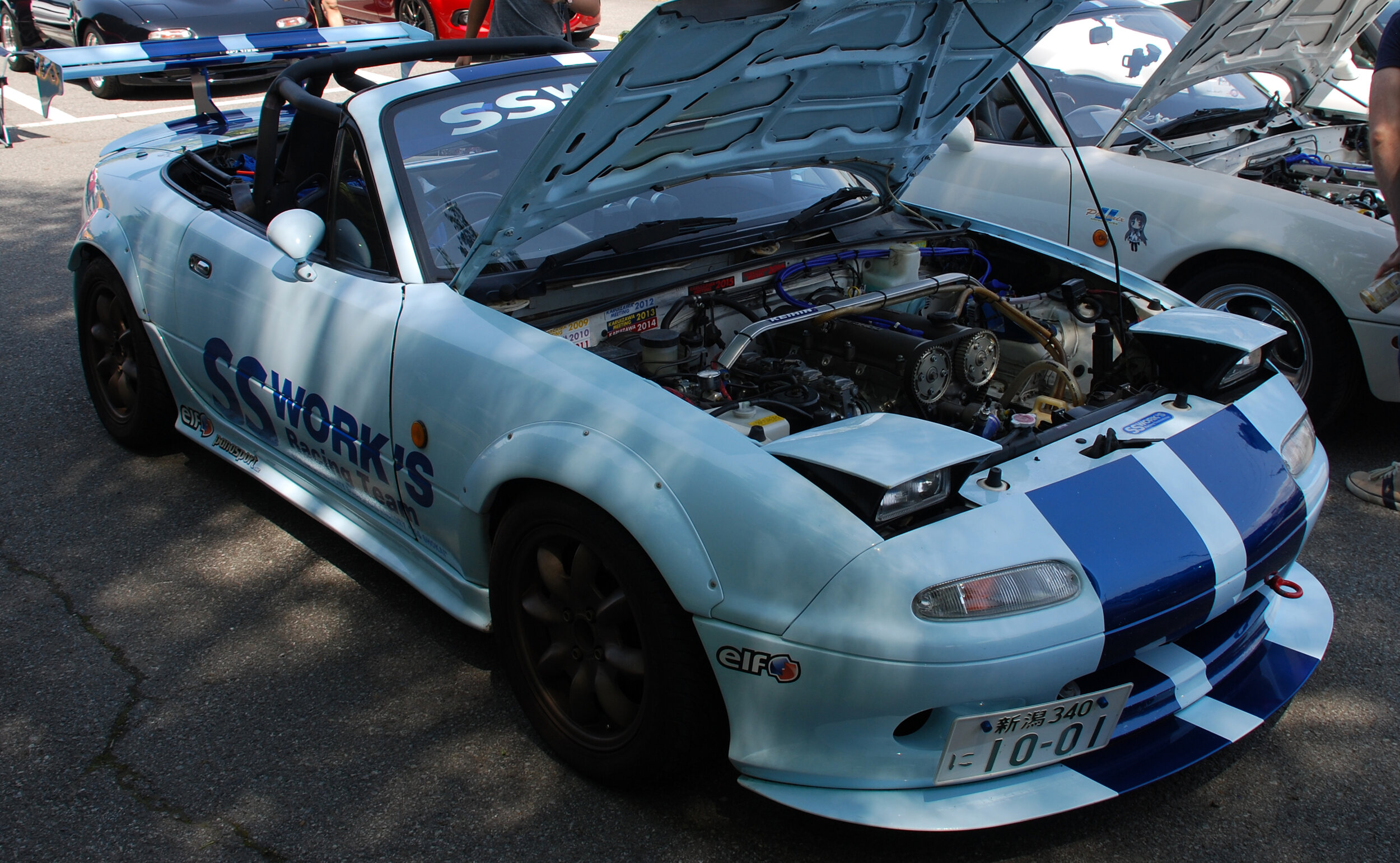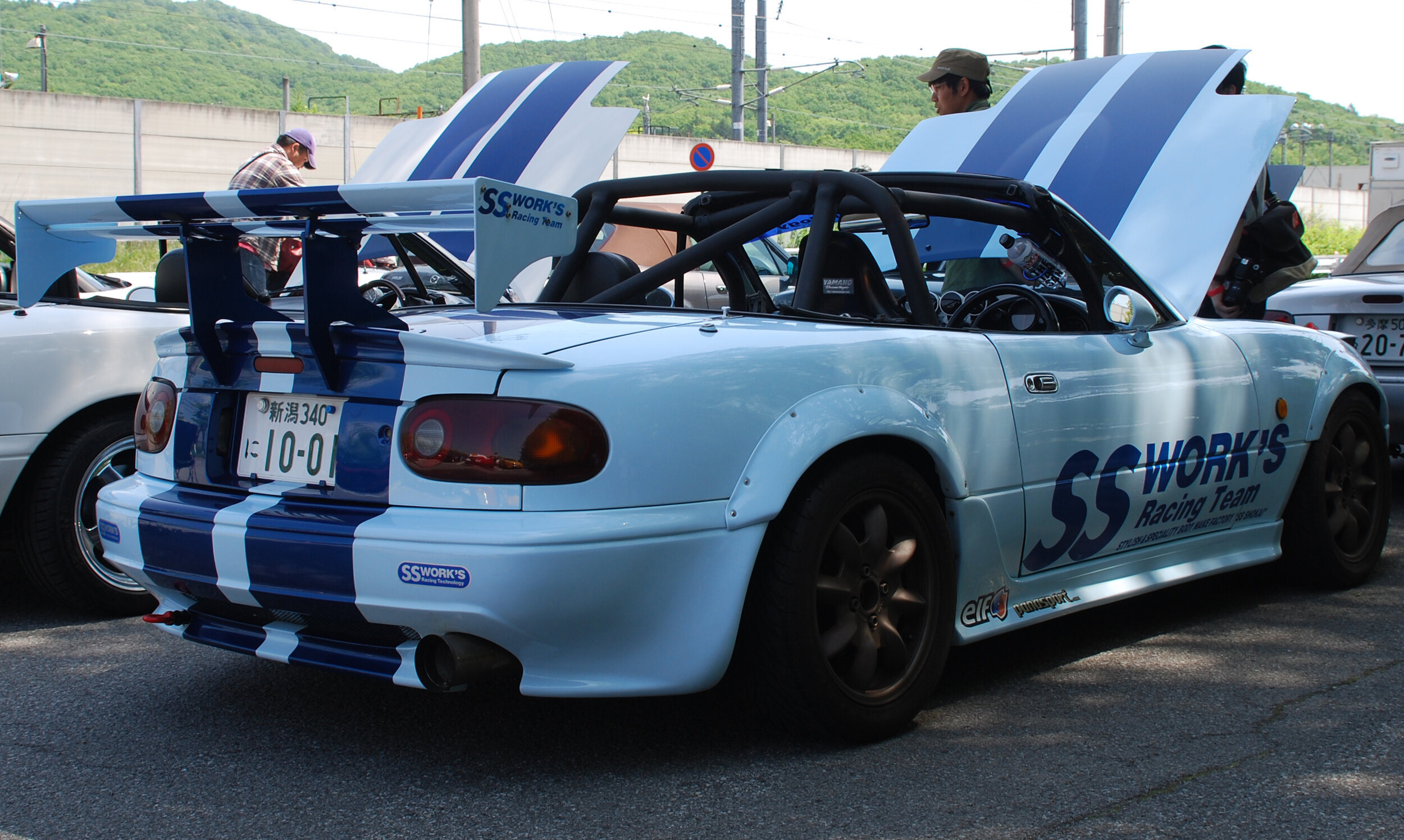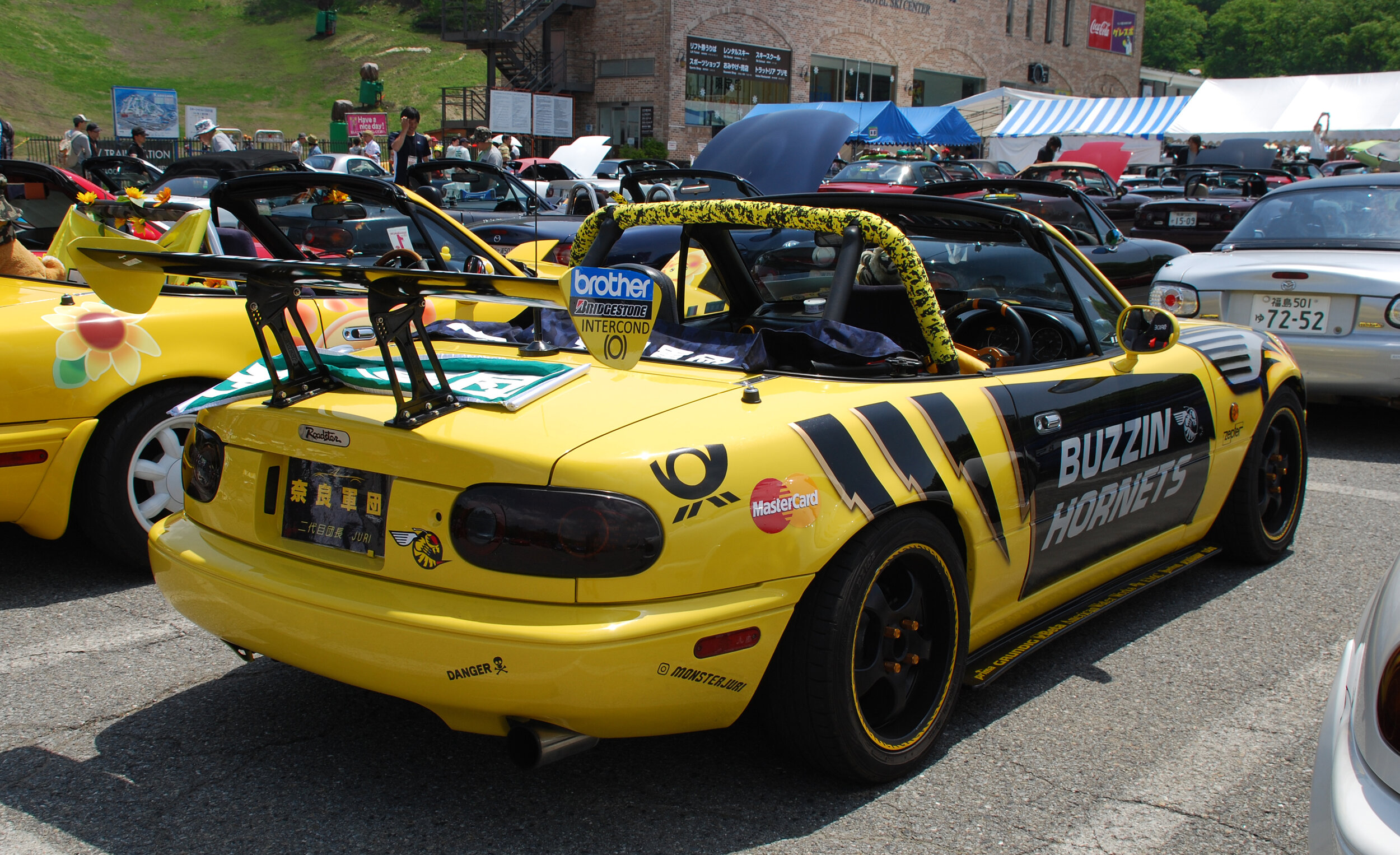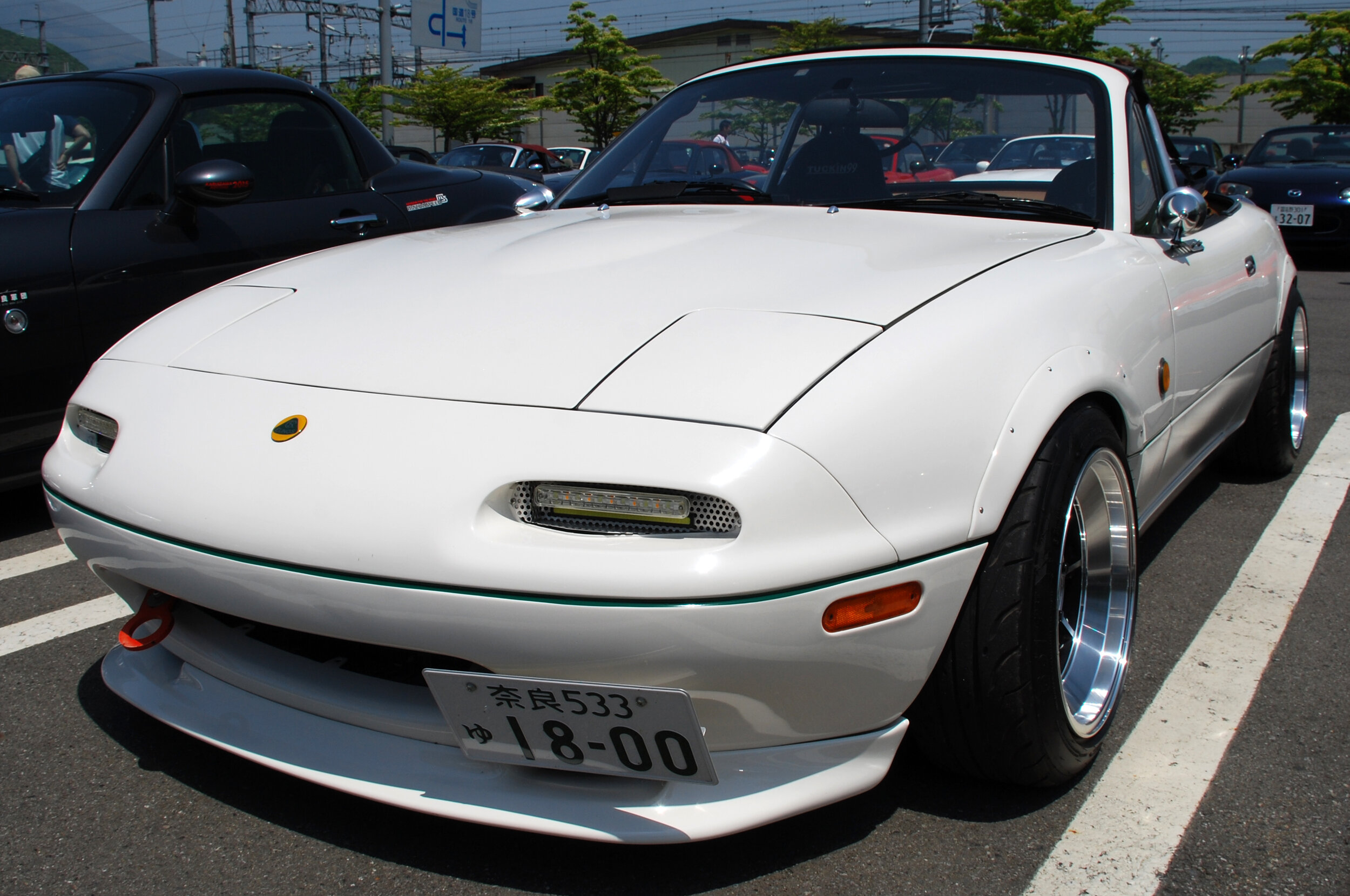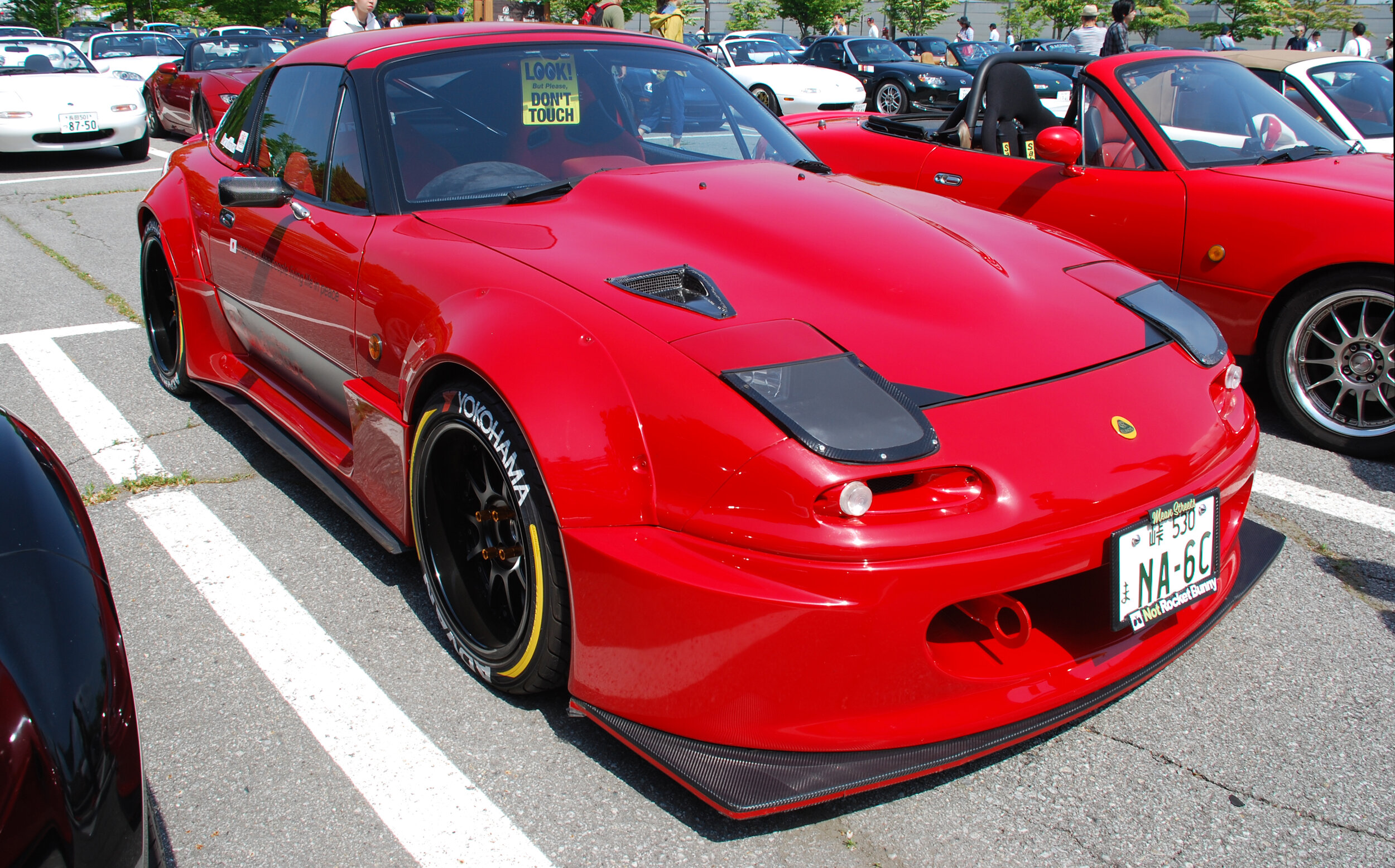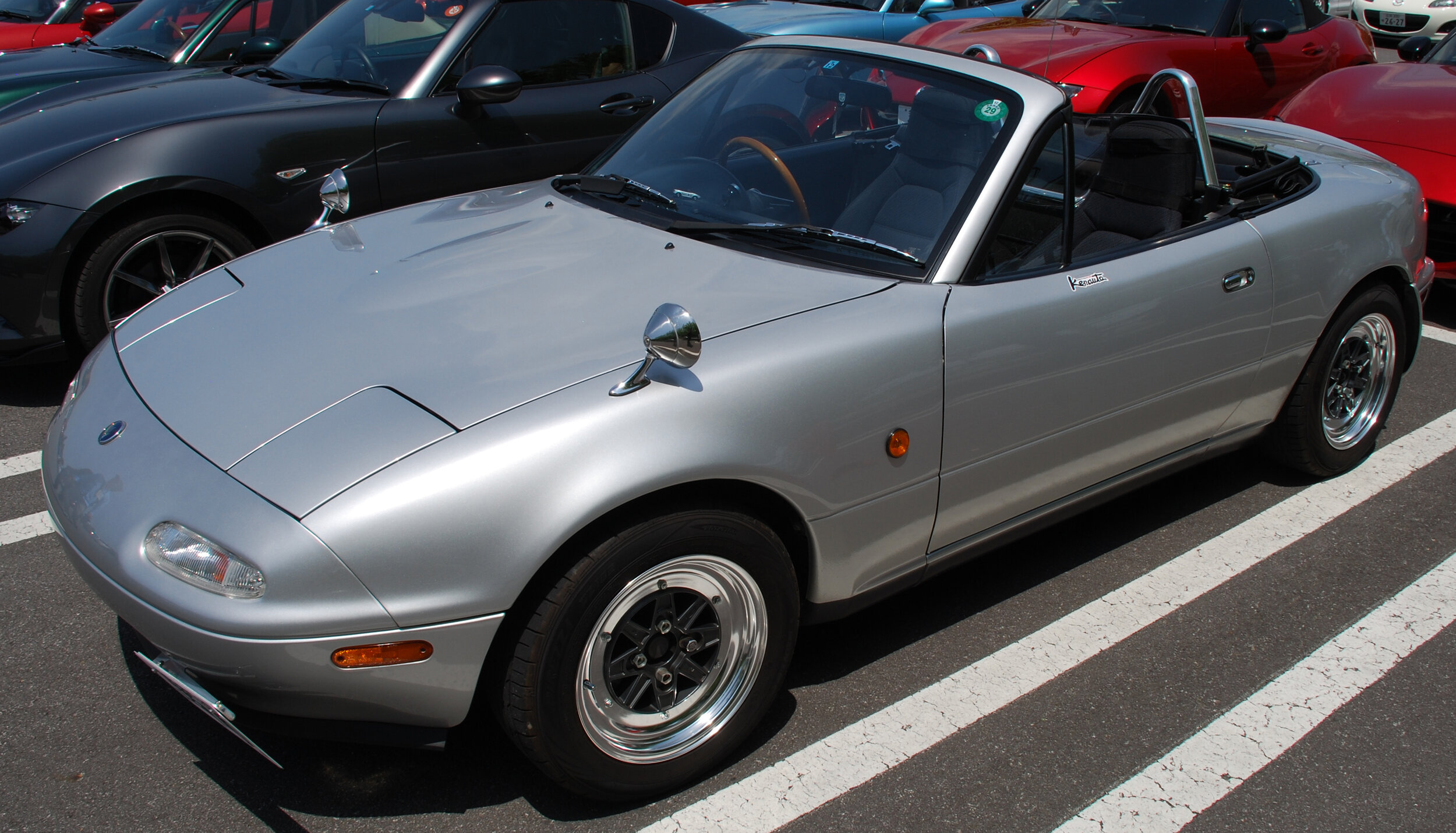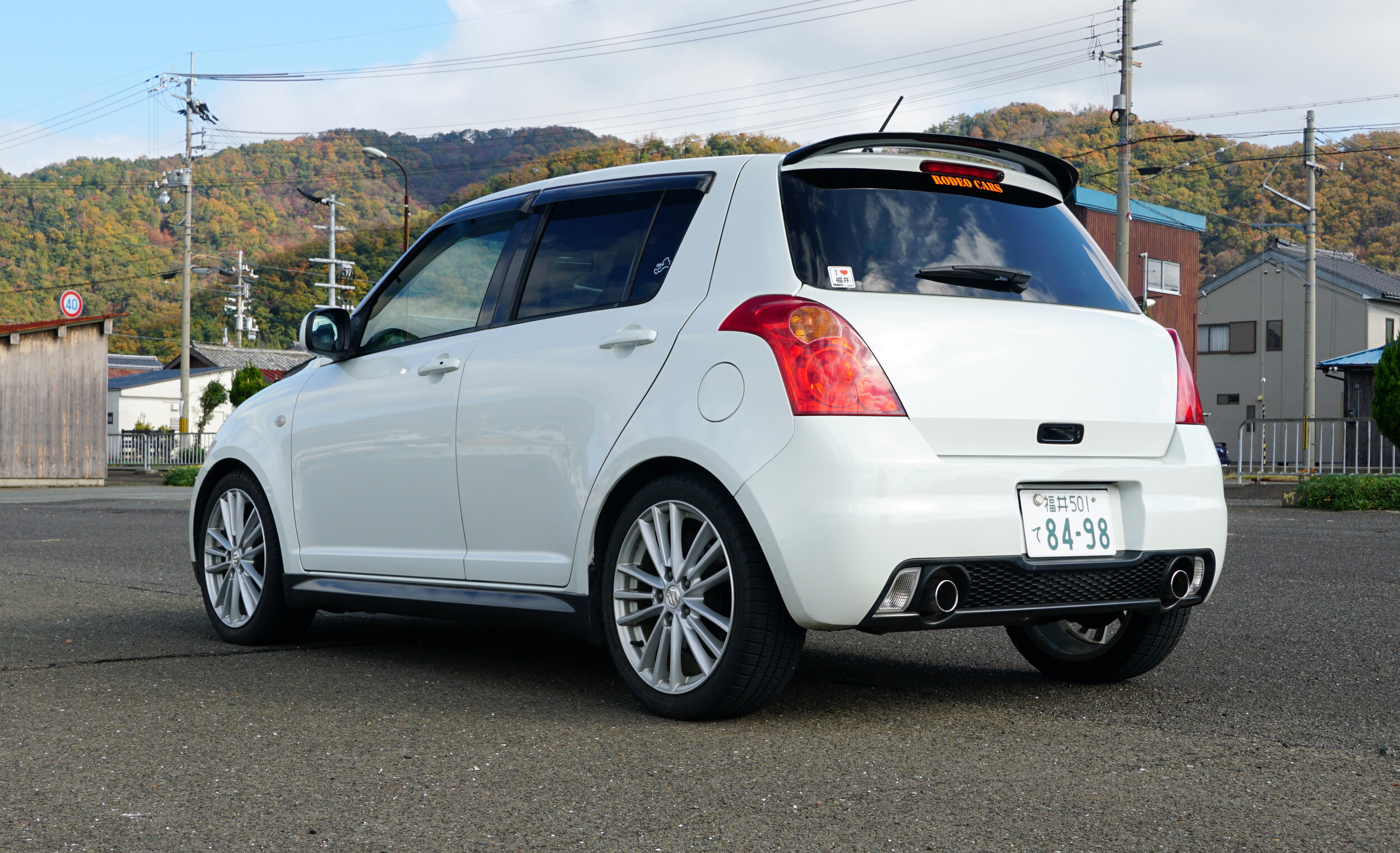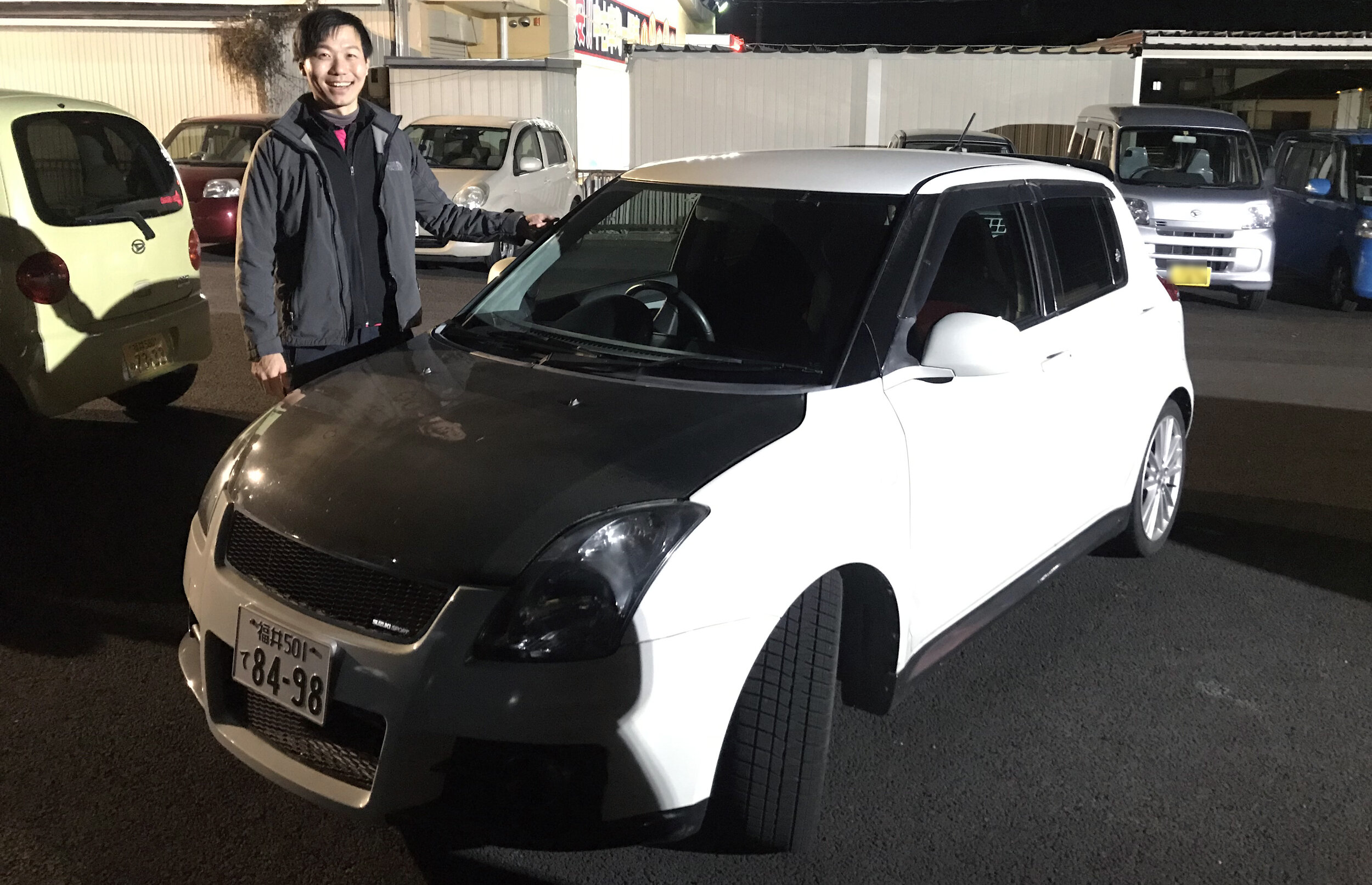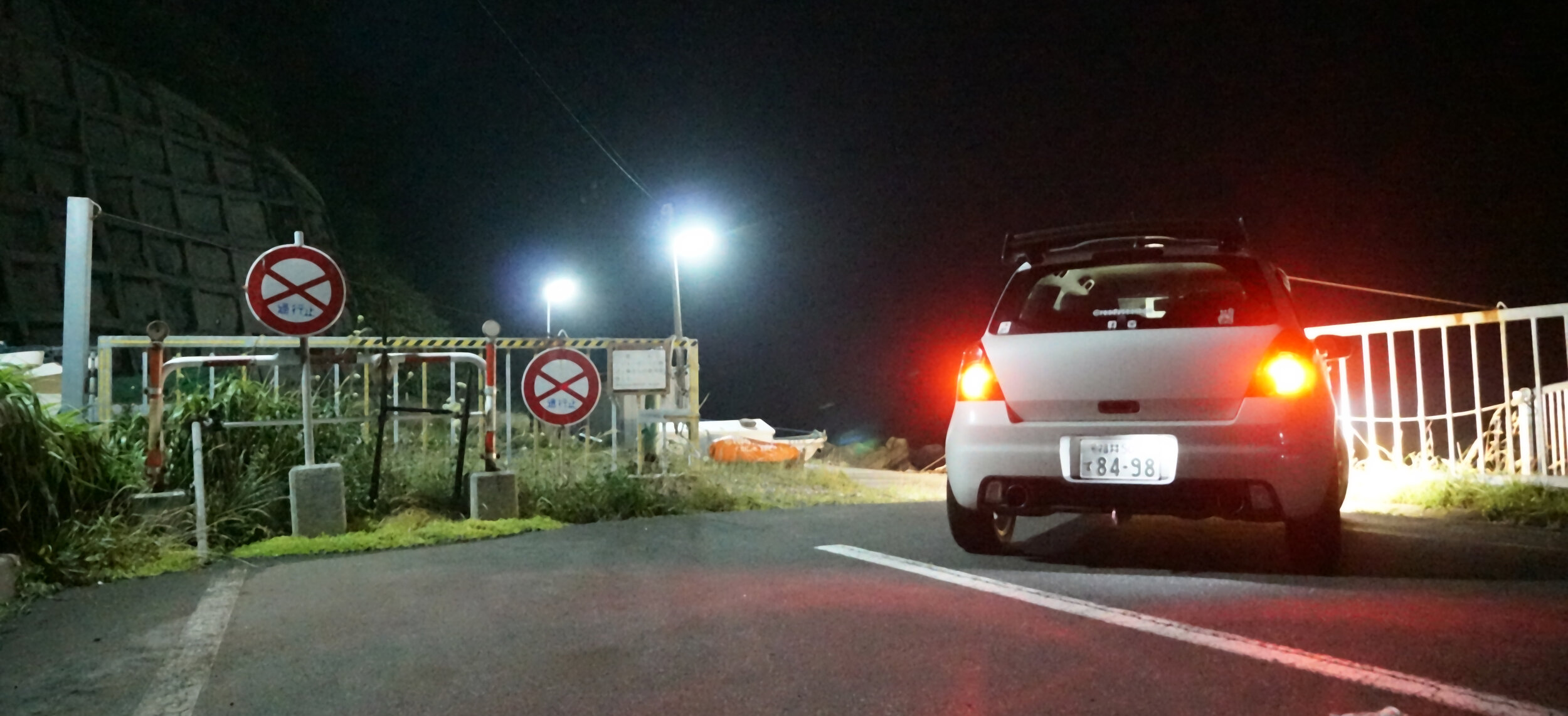[ Alto Works ] GT Aero Mirrors
Door-mounted wing mirrors are essential safety items that provide a rearward and side view of blind spots. When positioned correctly, they provide a large view of things past your direct lines of sight, even when shoulder-checking. Motorcyclists and small cars disappear under towering SUVs, so quality mirrors and position are an absolute necessity. Not to mention they are necessary for legal purposes. Obviously!
Because they are present on all automobiles, wing mirrors are often ignored on most stock cars, but when they well-designed from the factory or are replaced with aftermarket pieces, they really pop.
Case in point are concept cars, whose large wheels and sharply raked windshields complement impossibly tiny wing mirrors.
While it may seem like a small thing when compared to the whole of the car, I always wanted to change the wing mirrors on my Alto Works. To me, the stock ones are really ugly. The connection between mirror and door is covered by a rubberized accordion expansion joint which is frankly strange since the mirror only pivots open and closed on one axis. It must be an ‘80 or ‘90s style thing.
One of the first aftermarket options that I could find are small racing mirrors, essentially copies or variants of the APR Formula GT3 mirrors, mounted on a base compatible with the Alto. Their small size imparts a nice aero benefit, as they are designed to cause less turbulence and resistance. Not to mention really giving the car a racy look. However, because of that same reason, blind spots are a bit harder to see, despite the convex mirrors. (At least, that was the case when I looked through them mounted on a Miata.) They also don’t fit the ‘90s-Plus-Alpha styling of my Alto Works and at around 13,000¥ ($120 USD), they don’t fit my on-a-budget modifications.
The most common option available for the Alto currently seems to be several styles of “GT-style” aero mirrors by two or three different suppliers These mirrors are contoured and styled so they appear to offer aero benefits as well, though in reality it probably is quite questionable. Some also offer built-in turn signals which would make the car easier to see when changing lanes. They are also about the same pricing as the above mirrors at around 12,000¥ ($110 USD) and up.
The final option which I did not consider seriously at all, is a fender-mounted mirror. Fender mirrors are definitely an older retro styling thing with some 60s/70s cars having them. Personally, I think they are absolutely awesome, providing a wide view of blind spots with minimal head turning. Unfortunately, they are also really tiny when mounted so far ahead. And honestly, they don’t fit the theme of the car. Love them or hate them, I’m going to put on a set on my Roadster in the future!
GT Aero Mirrors
I was pretty patient, coming across several auctions over the past few months, but none within my low budget. Eventually, I won an auction of “GT-style” aero mirrors off of Yahoo! Auctions for 4000¥. That is not a bad price at all considering the price of a new set. However, the price was low because the condition is similarly just as low: the clear coat is gone and two of the outside screws have rusted. Just like the set of cheap RAYS wheels I bought, I don’t mind a little bit of proverbial elbow grease to get something looking new again. I honestly hate this fake-looking blue carbon and I would have probably recolored it even if it came in good condition, anyway. Hopefully, since the surface areas are broad, it won’t be hard to refinish.
About an hour of 100-800 grit sandpaper, with my hands and my back tired from hunching over, this was the result. The surface looks appropriately roughed up and should look good with a few layers of paint. I also somehow forgot to test mount them in my zeal to get them refinished. Whoops. The stock mirrors on my Alto are manual, so they are extremely easy to replace, with only 3 screws and a plastic cover holding them on. No wiring or switches to undo or remove. Luckily there are no fitment issues. It’s already looking much better than the stock mirrors even in this temporary rough shape.
I can’t count how many layers of paint I put on. Obviously, it doesn’t look as awesome as a professional job would look, but it certainly looks amazing as it does now.
Conclusion
Functionally, there is no aero beneficial difference between this unit and the stock set. The blue-tinted mirrors look good, but offer very different fields of view. The replacement mirrors have a slightly convex view, offering a fairly wide view relative to the mirror size, but the main problem is that they have a limited adjustment range, so more car body is viewed from both mirrors than I would like. Ideally, they should be nearly completely pointed toward the blind spots, but these are not. So in actuality, these might be worse even with the convex reflection. In addition, they are also worse because they do not fold when a tight parking situation demands it… Which means I just have to park further away from everyone to prevent people from hitting my mirrors. Technically, this shouldn’t be much of a problem since the car is relatively small in most spaces.
However, they look sporty, so that’s worth at least +5 HP, right?




